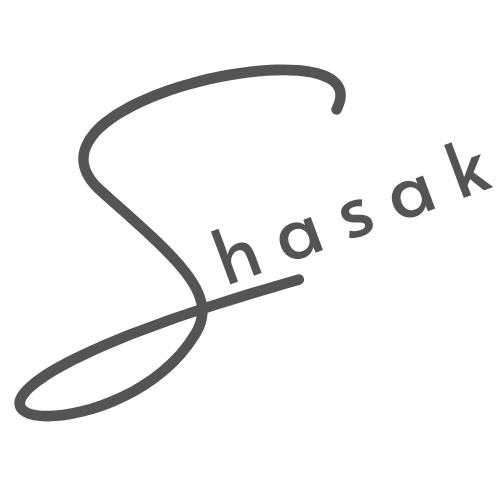Artificial Intelligence In Architecture Is A New Looming Baseline
Artificial intelligence in architecture is looming and proliferating. It is future-day subordinate to professionals including an architect.

AI for better and quick outcomes:
Architects often need to prepare a series of adorable designs to convince their clients. Artificial Intelligence will instead produce enough iterations within a few minutes and save valuable time for an architect. Here again, the human guts will come forth. The architect will intuitively blend several aspects of the design before reaching out to hailed final version.
Despite the great assistance provided by the AI tools, the architect will be the final authority. He will make decisions to comply with the actual contexts. Human sensitivity, values, and emotions are still missing in AI. The architecture field is famous for scientifically taking the art of preparing structural plans. Likewise, it is the modern approach of expediting the same with the help of artificial intelligence.
AI pace and sustainability of architects:
Although most observers believe that ethical and cultural emotions will keep architects in place, the articulation may not be true in the long run. The INFANT AI TOOLS may mature by some time and there may not be space for the said emotional values in architectural designs.
The world has often witnessed such revolutionary things, including food and attire, for instance. Junk food and short apparel have in the same way replaced the traditional pursuit with modern-day fashion across the globe. Architecture and other artistic works are the same way likely to suffer from the blind pursuit of mere modernity.

Photo Courtesy: DeviantArt
Hailed convergence of AI with architecture:
The construction industry has been using various software for intricate project management. However, the ultimate bearing came upon the architectural aspects in some cases. Artificial Intelligence in architecture has proven records in the meantime for contextual aligning matters. This is especially a soothing flavor for the architecture profession.
Indeed a skillful adaption of Generative Designs and intuitive verdict by an architect potentially provides the best results. Excellent simulations by AI tools act as guided missiles to take the designer to a deserved point. However, Artificial Intelligence itself may not strike the desired goals.
Simulation for Sustainable Designs:
In any form of architectural work light and ventilation are of utmost importance. Hence, the orientation of the structure carries equal weight for the comprehensive planning regarding energy consumption.
Artificial Intelligence assists through vivid tools with reliable consistency. This instills confidence in the architect before the actual execution of the project takes place. Eventually, the principal architect remains free of such pseudo issues and can focus on other productive explorations for the field.
Optimizing materials for environmental sustainability:
The architects cherish AI for reducing the construction cost of a project. Resources are managed and utilized in the best possible way. AI tools analyze different materials and pick the one that is most environmentally friendly. The location and type of building plays an important role in the material selection in a project.
AI-driven methods to select and utilize the required materials have greater feasibility of reuse or recycling to reduce the cost considerably. These exercises so far carried out manually in the architect’s office have consumed a large amount of hours with lesser precision.
AI Tools for Architecture:
1. ArkDesign.ai:
Ark AI is a software specifically designed to work with the American building codes about different district zones. ArkDesign.ai is a software development company using AI Technology. The software works much faster than the human capacity. It can considerably lower design costs while providing multiple options for floor plans of a building. The pace at which it operates is the reason behind cost-cutting for the planning work.
The software asks for the project details like type of building, number of floors, location, etc. The lightning analysis of the architectural metadata and the project details generates planning variations in plenty and in no time. Accurate planning by Ark AI ensures a maximized number of units and an optimized saleable area.
This is the most important feature that marks relevant profitability for the project. The 2D and 3D presentation is all pervasive means to make final decisions from the architect as well as the client with the necessary alterations. The New York-based architect Alexander Pustilnik says, “Ark AI generates endless options and allows me and my clients to examine and select the most optimal design.”
Popular tools:
ARCHITEChTURES:
This again is a generative AI-powered building design platform. Architects and developers easily get the feasibility report of a building project with the help of this AI tool. The users substantially save time and get multiple real-time building designs in 2D and 3D formats. Incorporating BIM standards and work processes enables comprehensive progress of the project with ultimate precision.
Maket.ai:
This AI tool generates initial floor plans and directly goes on to the 3D presentations. Environmental data and zonal building codes are integrated to produce 3D views to suit the actual requirements of the architects.
Spacemaker AI:
Spacemaker AI is now Autodesk Forma. It helps architects in planning and 3D rendering. The generative AI tool creates undeniable designs to match the various needs of the architects or the users. The site proposals with fully integrated data become the most viable in time-saving mode for the architect.
Apart from the above-mentioned tools, architects can utilize Dell E2 and Midjourney to create digital images from the text entered. This is helpful in interior design works of a house, office, or some other premises in the context.

